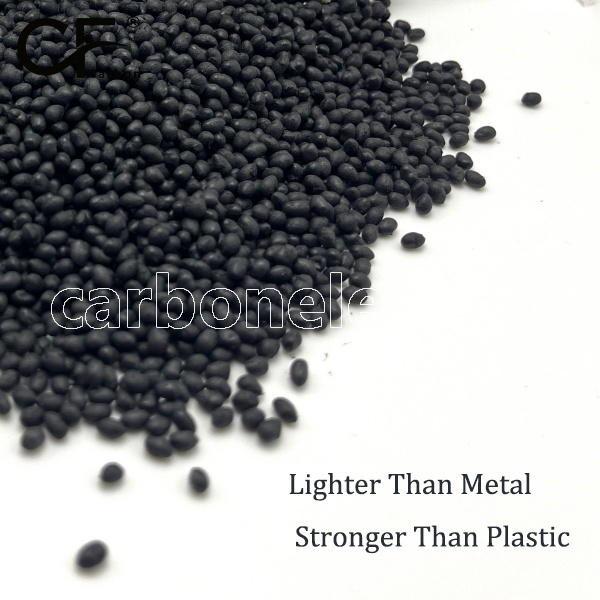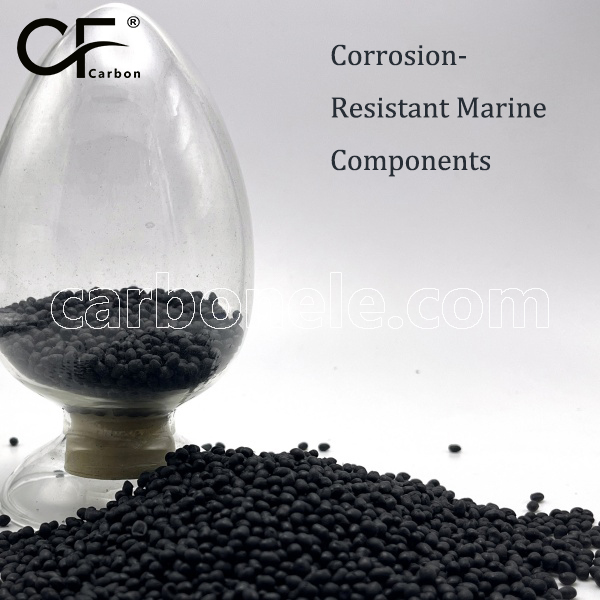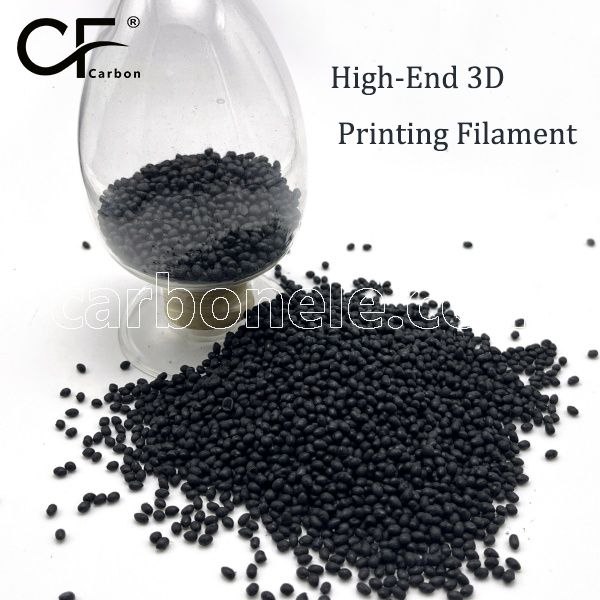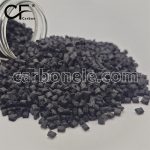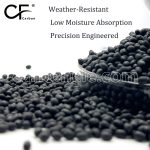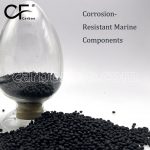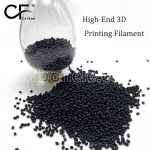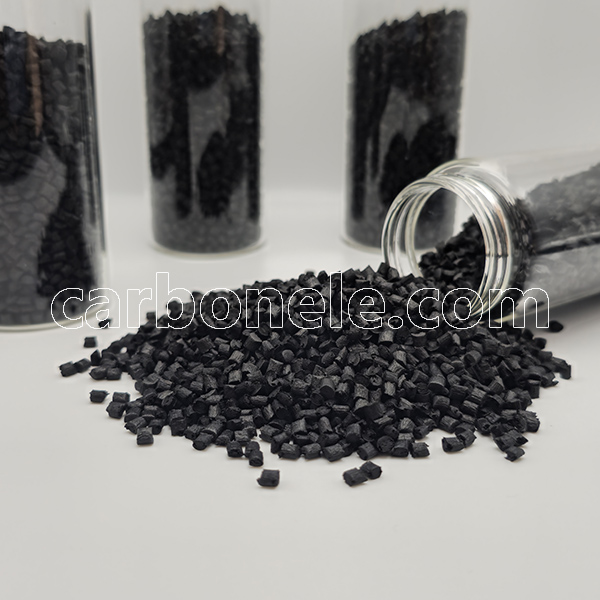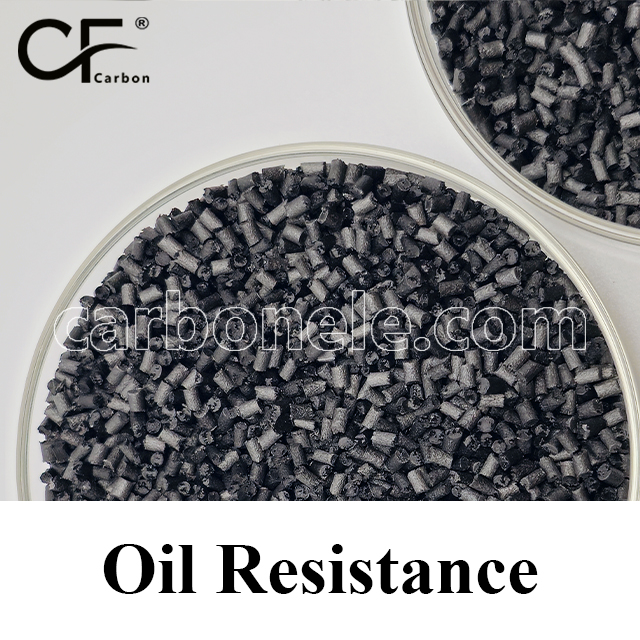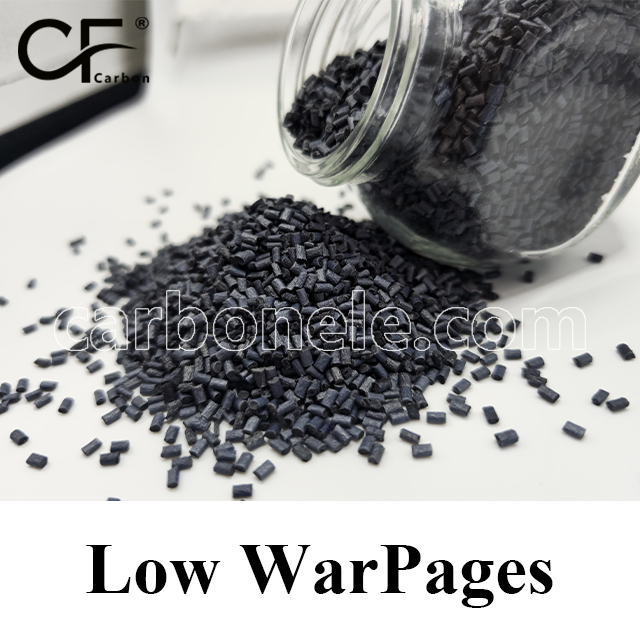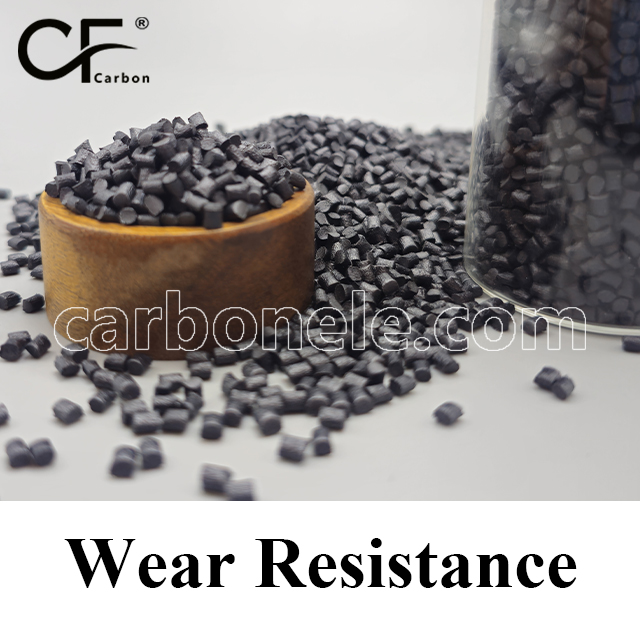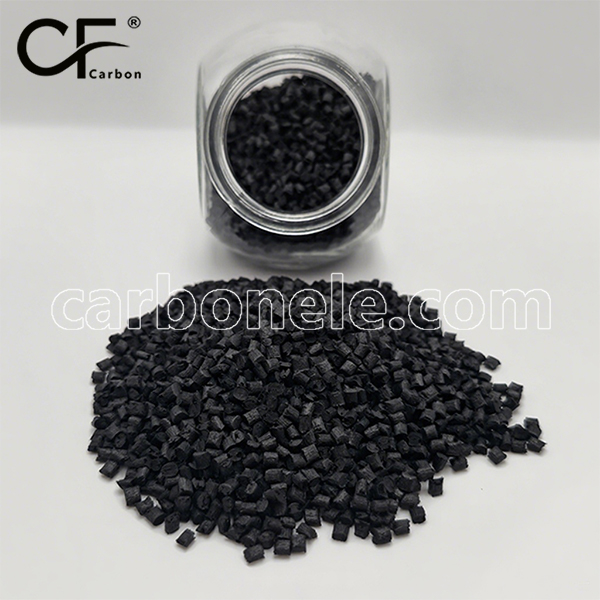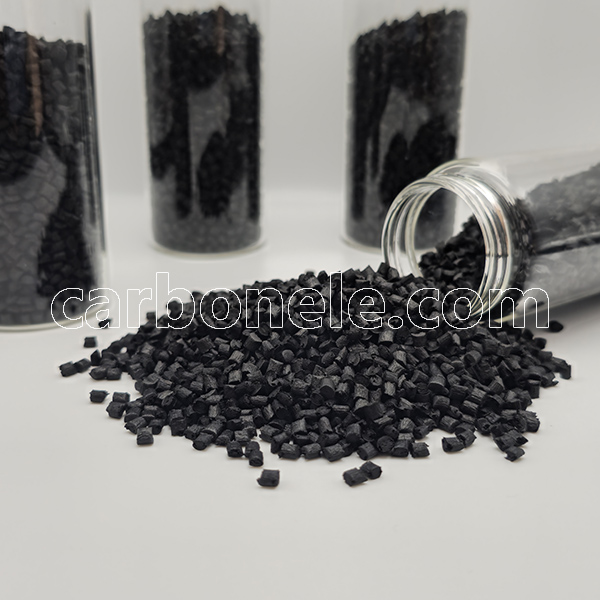The friction coefficient of PA612 (polyamide 612) is typically around 0.3 to 0.4 when sliding against steel or other metal surfaces. However, when carbon fiber is incorporated into PA612 to create PA612-CF, the friction coefficient tends to decrease due to the lubricating effect of the carbon fibers. For PA612-CF, the friction coefficient generally ranges from 0.2 to 0.3, depending on the percentage of carbon fiber reinforcement and the specific testing conditions. The addition of carbon fiber improves wear resistance and helps reduce friction, making PA612-CF more suitable for high-stress applications requiring low friction and long-term durability.

Amazing! PA610-CF10 10% CF for Auto Transmission Parts
Discover PA610-CF10—a carbon fiber-reinforced polymer engineered for high-performance auto transmission parts. Enhance durability, reduce noise, and achieve smoother shifts in electric and conventional vehicles. Transform your transmission design with lightweight, fatigue-resistant solutions. Ideal for gears, bushings, and thrust washers. Innovate with reliability.
- Model number: PA610-CF-BCA1
- Matrix Resin: PA from Hexamethylene diamine and Sebacic acid (PA610)
- Reinforcing Filler: Carbon fiber
- Appearance: Granules
- Grade: Injection/extrusion grade
- Packaging: 25kgs/bag
Strength between PA610 and PA610-CF
Compared to PA610, PA610-CF exhibits significantly higher strength. PA610 typically has a tensile strength ranging from 50-70 MPa and a flexural strength around 80-100 MPa, making it suitable for low-load applications. In contrast, PA610-CF, with 5% carbon fiber reinforcement, boosts its mechanical properties, achieving a tensile strength of 90 MPa, a flexural strength of 130 MPa, and an impact strength of 4.0 kJ/m². These improvements make PA610-CF more suitable for high-load, wear-resistant, and impact-resistant applications in demanding industrial environments.
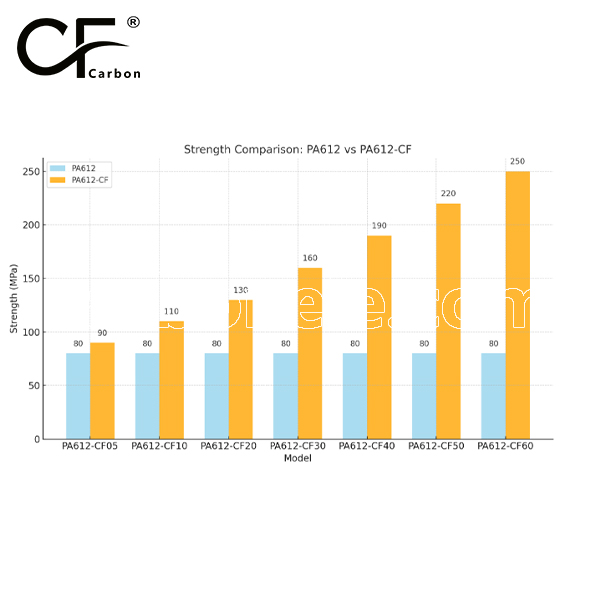


Frequently Asked Questions
Carbon (Xiamen) New Material Co., Ltd. aims to provide buyers with "one-stop" worry-free high-quality services. Here you can find all information about carbon fiber engineering plastics. If you still have questions, please send us an email for consultation!
-
How can I contact the manufacturer of a product that interests me?
When you find a product you are interested in, you can contact the manufacturer directly by sending an email and we will get back to you as soon as possible.
-
How do I find the products that interest me?
All you need to do is enter the keyword, product name in the search window and press the Enter key on your keyboard. Your search results page will then be displayed. You can also search within the product category pages on the home page. Each category is divided into subcategories, allowing you to refine your search and find products that interest you.
-
Where will I find a buying guide?
Please contact our after-sales service directly and we will provide you with a comprehensive operating guide.
-
What are CF Reinforced Thermoplastic Composites?
CF Reinforced Thermoplastic Composites are materials where carbon fibers are incorporated into a thermoplastic matrix. They combine the strength and stiffness of carbon fibers with the processability and recyclability of thermoplastics. For instance, they are used in automotive parts like bumper beams.
-
What are the benefits of CF Reinforced Thermoplastic Composites over traditional composites?
The key benefits include faster production cycles, easier recyclability, and better impact resistance. They also offer design flexibility. An example is in the manufacturing of consumer electronics casings where complex shapes can be achieved more easily.
-
How are CF Reinforced Thermoplastic Composites processed?
Common processing methods include injection molding, extrusion, and compression molding. Injection molding is widely used for mass production. For example, in the production of small components for the medical industry.
-
What industries use CF Reinforced Thermoplastic Composites?
They are utilized in aerospace, automotive, medical, and sports equipment industries. In aerospace, they can be found in interior components. In the medical field, they might be used in prosthetics.
-
How does the carbon fiber content affect the properties of the composites?
Higher carbon fiber content generally leads to increased strength and stiffness but may reduce ductility. A moderate content is often balanced for specific applications. For example, a higher content might be preferred in structural parts of a race car.
-
What are the challenges in using CF Reinforced Thermoplastic Composites?
Challenges include higher material costs, complex processing equipment requirements, and ensuring uniform fiber dispersion. Issues with adhesion between the fibers and the matrix can also arise. An example is in achieving consistent quality in large-scale production.









